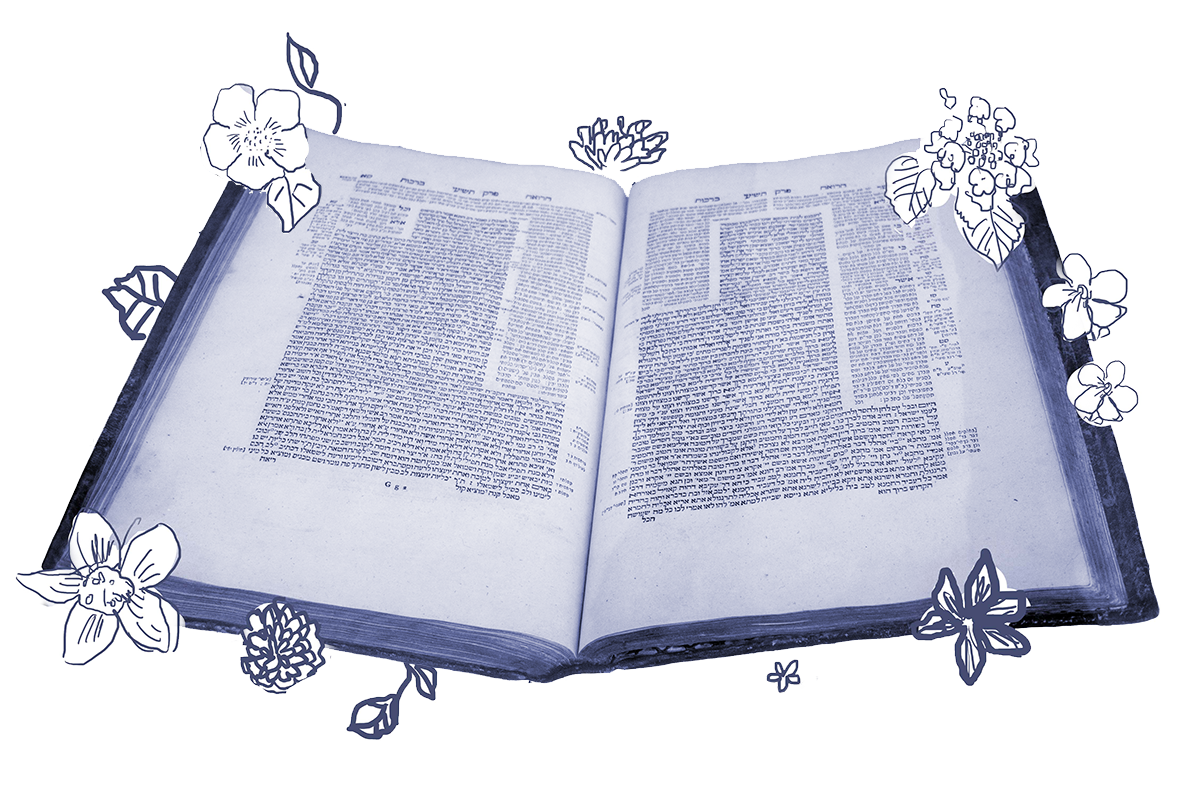One of the sugyot on today’s daf seriously limits the responsibilities Jews have for financial damages done to others’ property. The Gemara quotes from the mishnah cited in full previously:
One is liable only for damage caused … to property that belongs to members of the covenant.
That is, property belonging to other Jews. The rabbis are imagining, here, the scope of their enforcement and power. Historically it is hard to be certain of what kinds of influence the rabbis did or did not have, but in the world they create for us in the Talmud, the rabbis do have legislative and judicial power, but only for interactions between Jews. Living within a varied set of empires over time, they assume that they have no power when it comes to people who are not Jewish, and likely attribute judicial powers in these cases to local non-Jewish authorities.
The Gemara’s first question is a technical one: Why does this mishnah specifically need to clarify Jews pay property damages only to other Jews? After all, later in the tractate, there is another mishnah (4:3) that teaches that if an ox that belongs to a Jewish person gores an ox that belongs to a non-Jewish person, the Jewish person is exempt from paying damages. The answer given is that our mishnah here is giving us a more general principle, and the later mishnah is explaining the application of the principle.
With your help, My Jewish Learning can provide endless opportunities for learning, connection and discovery.
The Gemara continues to quote the next clause of the mishnah:
… and for assigned property (nechasim hameyuchadim).
To clarify what this means, Rav Yehuda offers an example: When it is unclear which of two oxen gored a third, and the owners of the first two oxen each claim that the other’s ox injured the third, then we cannot assign damages. That is to say, the property in question is that which is doing the damaging, rather than being damaged.
The Gemara’s anonymous voice then asks exactly the same question it had about the earlier mishnah quote: Isn’t this same principle taught in a later mishnah (3:11)? Why is it taught, apparently redundantly, here? We get the same answer once again: The mishnah on our daf is teaching a general principle, which is explained at more length later on.
The Gemara now resolves a previous difficulty: Why is it that the property referred to in one line of the mishnah refers to the property that is damaged (that of the non-Jewish person) while, despite having the same grammatical structure, the property referred to in the second clause is the property causing damage?
The first proposed answer is surprisingly simple: It is because if the ox whose ownership was unclear was damaged (rather than the damage-r) there can be no claiming of financial restitution for the harm. If there is no owner, an owner cannot make a claim! So the mishnah therefore must be referring to the goring ox as that which requires clear ownership for liability, rather than the gored ox.
However, we now get an entirely new read of the mishnah’s statement about the meaning of nechasim hameyuchadim, property that is assigned or specified, which to this point we have read as having a clear, known owner. Ravina suggests that when the mishnah says that only nechasim hameyuchadim incur responsibility for damages, this is to exclude cases where there is no ambiguity about who owns an ox that has gored, but after the ox gores, its owner either consecrated it to the Temple or declared it technically ownerless, either way divesting himself of ownership.
The sugya concludes that in this second reading, an ox is exempt from responsibility for harm unless it is owned by a person both at the time it does damage and at the time that legal proceedings take place. This would exclude an ox that is owned when it gores but is given up — either to the Temple or to the public — before any trial occurs.
The discussion of both Jewish responsibility for damage of the property of non-Jews and how much “ownership” is required for a person to have liability gets at how complicated our interpersonal and legal relationships can become. Nezikin is a lengthy and twisty attempt to reckon with our responsibilities to one another, as individuals and as members of a community. How connected are we with those around us? How much accountability do we have for the ripple effects of our actions and the systems we participate in? These are the questions we must keep asking through this tractate and beyond.
Read all of Bava Kamma 13 on Sefaria.
This piece originally appeared in a My Jewish Learning Daf Yomi email newsletter sent on November 15th, 2023. If you are interested in receiving the newsletter, sign up here.



